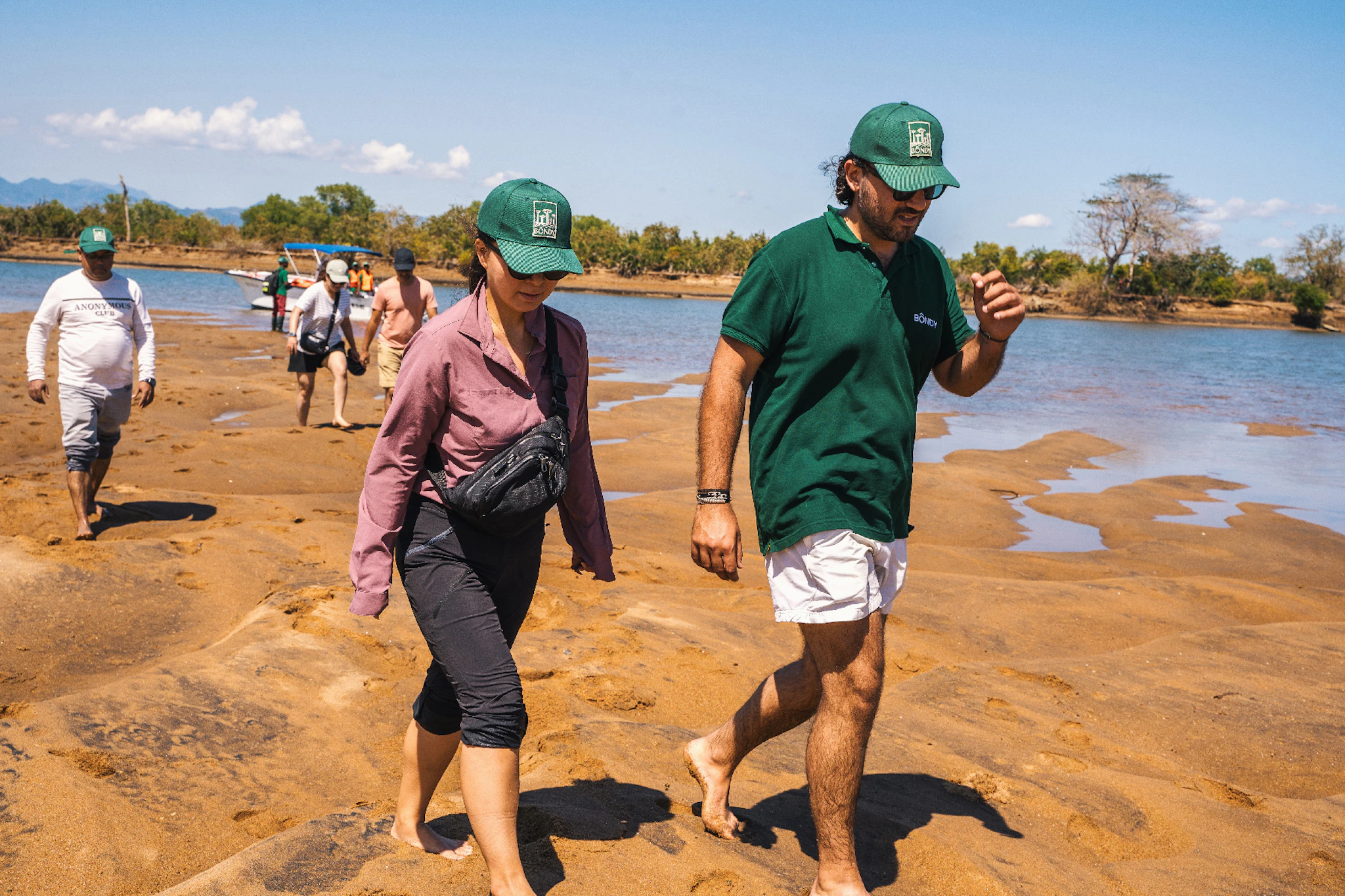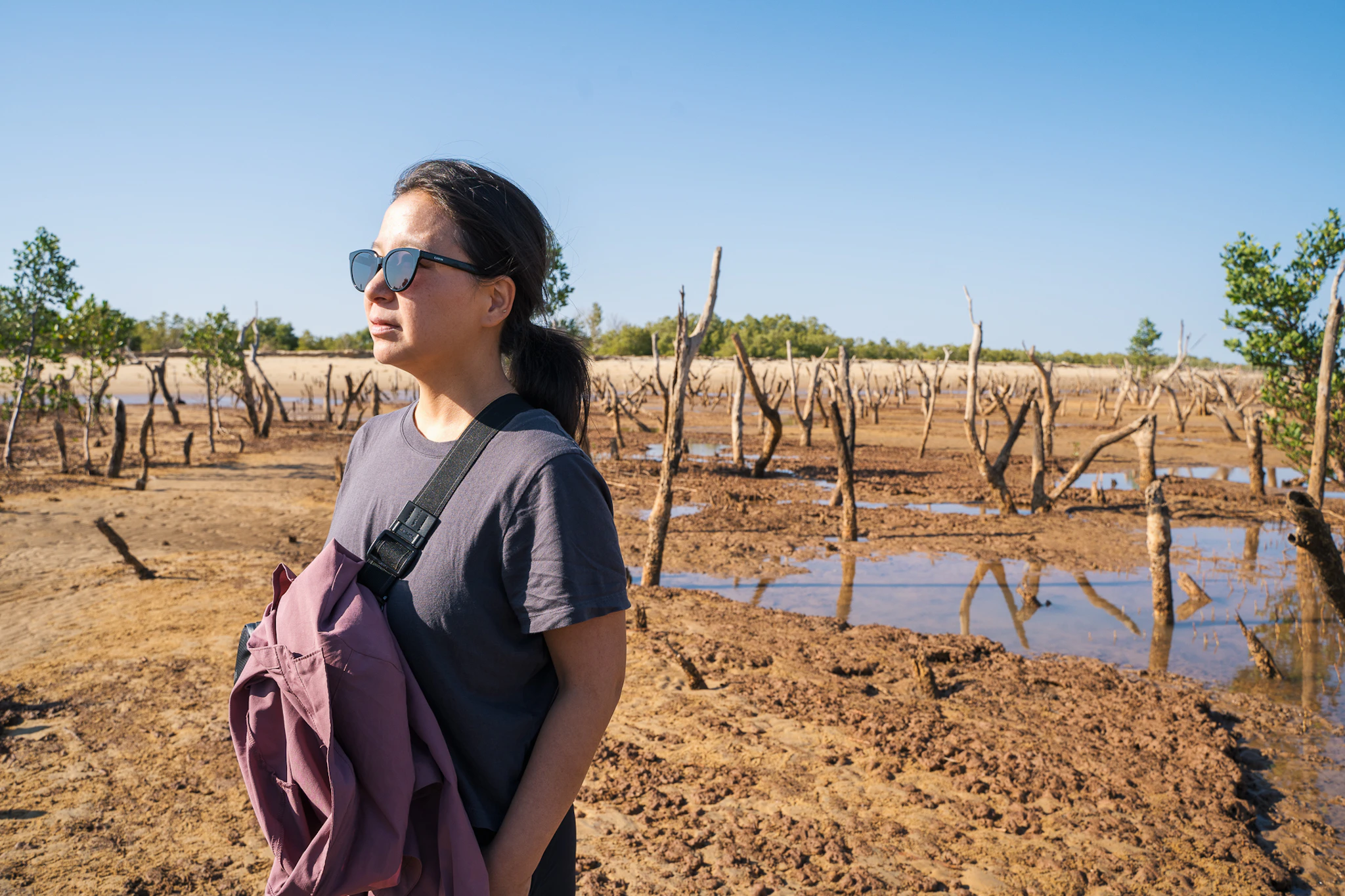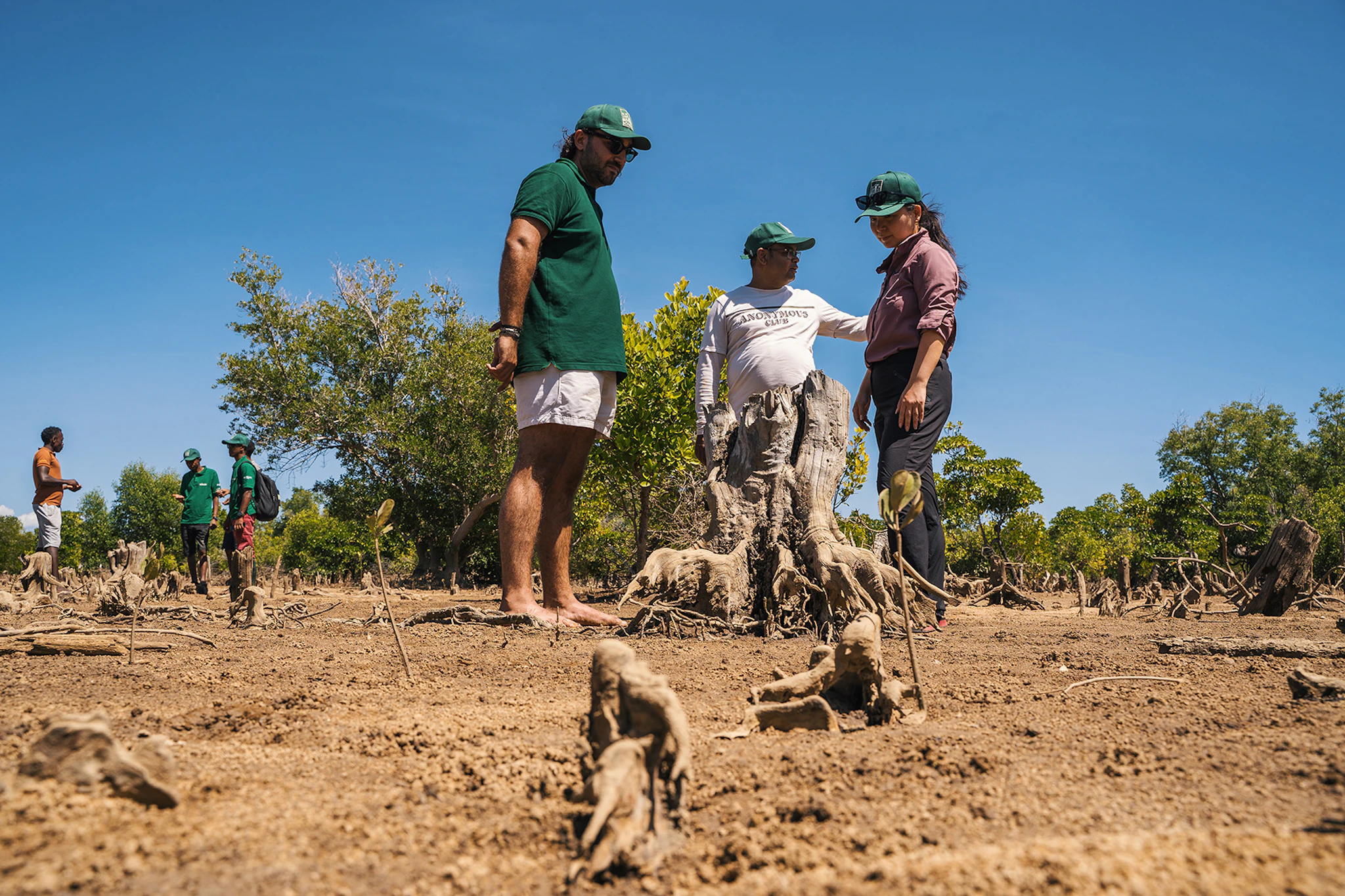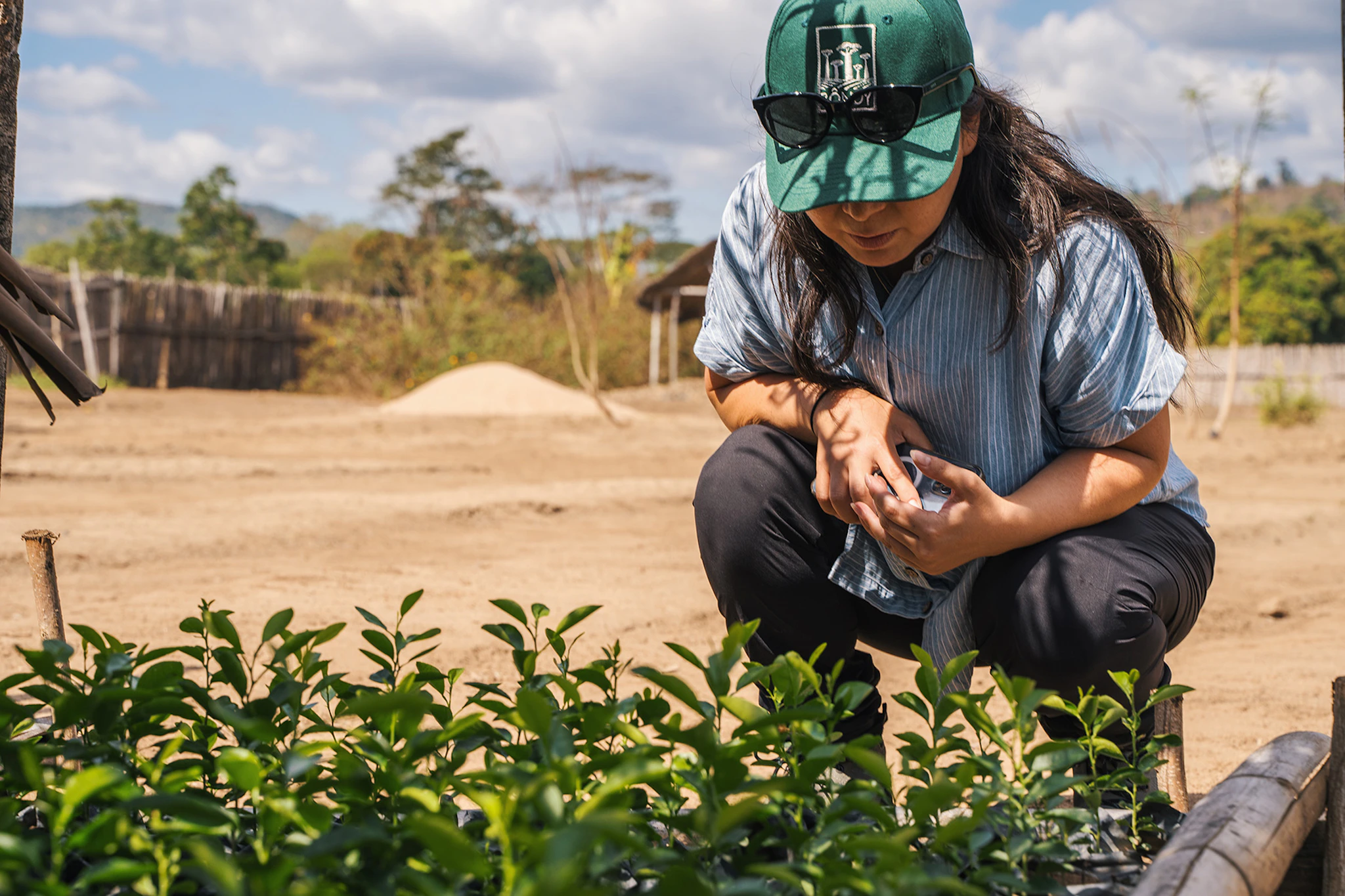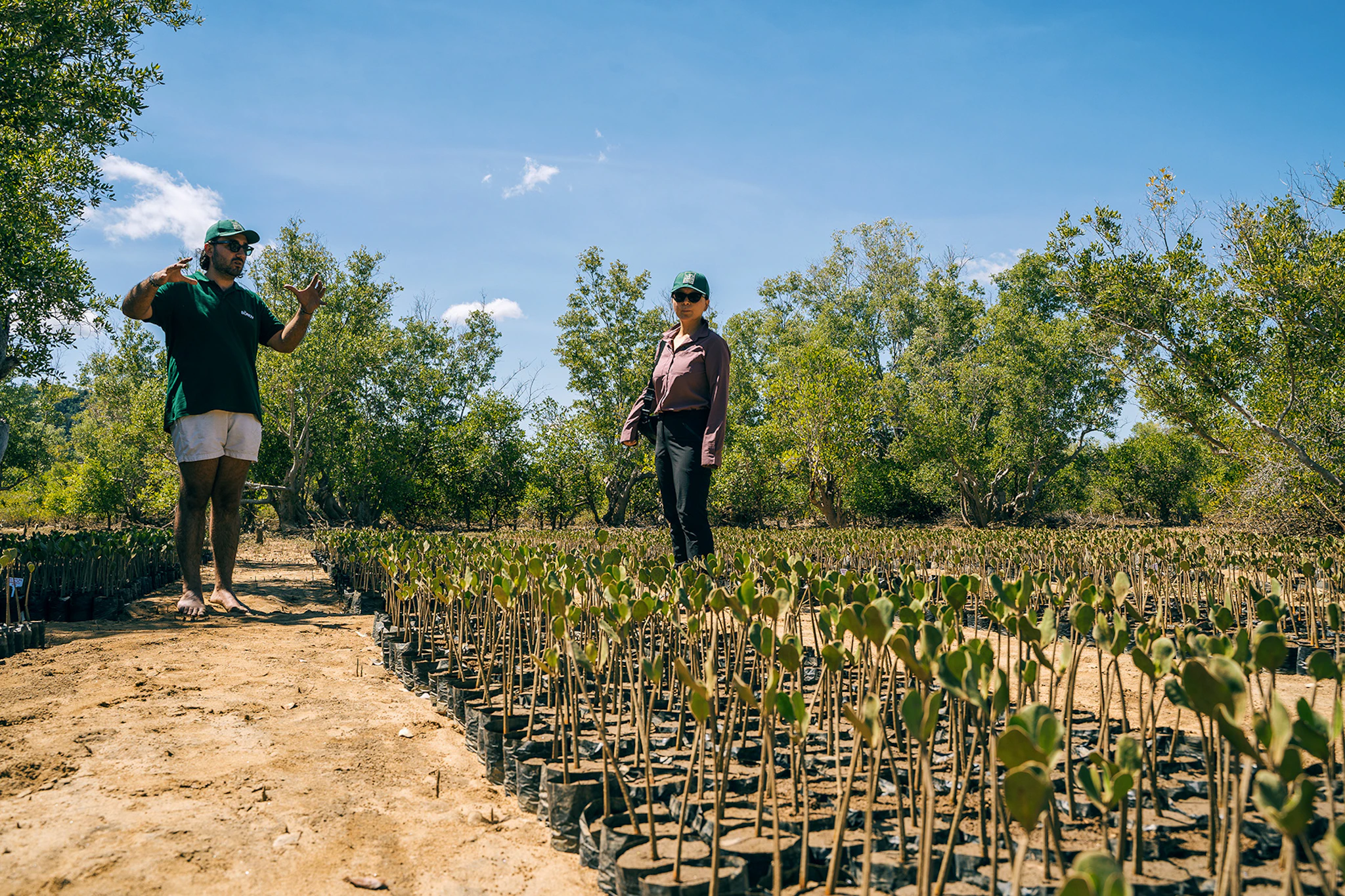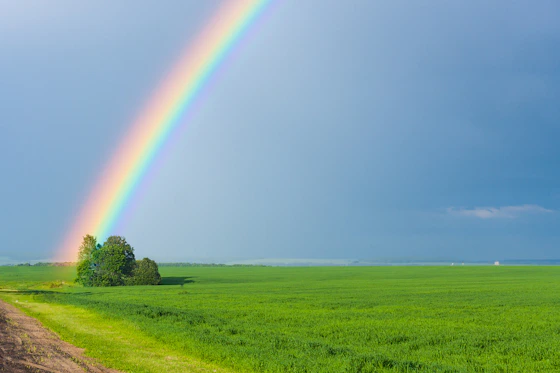Gold Standard’s CEO, Margaret Kim, recently visited Madagascar where she observed mangrove restoration projects developed by Bôndy and VNV Advisory Services. Below, she reflects on what she saw.
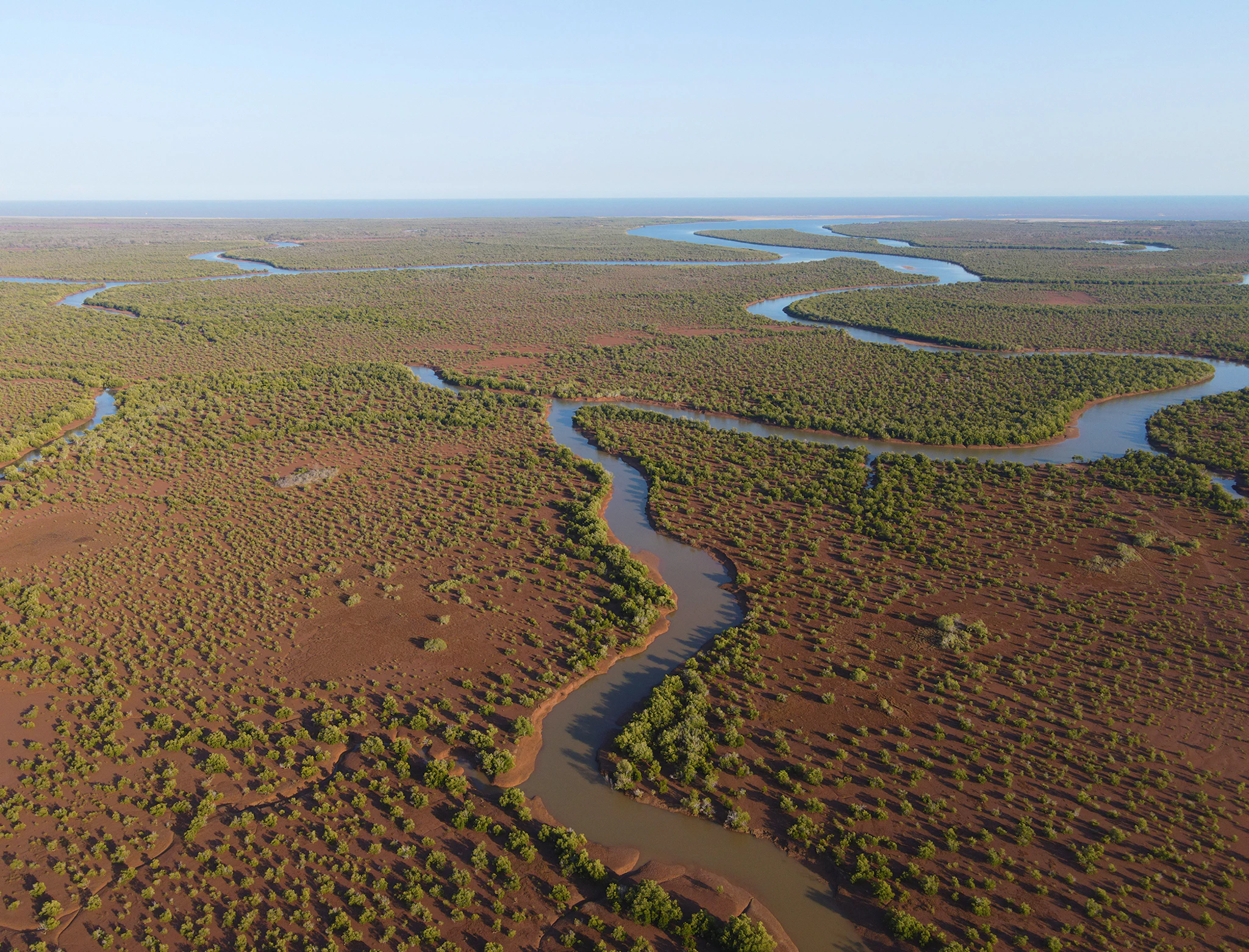
“Ma Honkô” means mother mangroves in Malagasy, a fitting symbol for the critical role these unique ecosystems play.
Situated between land and ocean, mangroves protect coastlines, provide habitats for wildlife, support income-generating activities like honey and silk production, and sequester carbon to combat climate change. I recently had the pleasure of visiting a project that aims to restore 40,000 hectares of mangroves across four regions of Madagascar’s western coast. This ambitious effort not only supports the environment but also empowers local communities by creating sustainable livelihoods.

Located 500 km west of the capital city, Antananarivo, the north-western coast of this fourth largest island in the world is home to 98% of the country's mangroves. But, with very limited transport infrastructure, regions like Melaky are often overlooked by development efforts. Despite these challenges, at Gold Standard we are committed to helping our partners restore these critical ecosystems and support local communities.

After a five-hour boat ride and a bumpy motorbike trek, we arrived in one of the villages supporting the project. We were greeted by the laughter of curious children and the hospitality of the chief of the fokontany (a Malagasy word for a village in a commune). The community consisting of 450 households – over 1400 people – lacks necessities like clean water, electricity, and healthcare services. The local clinic struggles to manage 20 births a month and the school classrooms, while full of intellectual curiosity, have no lights.
The next day, we visited mangrove nurseries and plantation sites, where 150 villagers had been employed as planters in the pilot phase of the project. Despite the difficult terrain and long commute, the commitment of both Bôndy project officers and the villagers was unwavering, driven by the goal of restoring the mangroves and reviving the coastal ecosystem. The impact was evident as we saw the stark contrast between healthy mangroves and degraded lands, scarred by illegal charcoal production.
In another fokontany, we sat down with the men and women involved in the mangrove restoration effort. They spoke of their hope that the project would improve the fishing conditions along the coast, allowing the fathers of families to fish closer to shore and avoid dangerous trips further out to sea. However, their concerns about the future were palpable. After all the mangroves are restored, what will provide sustainable income for the community? Alternative activities, such as beekeeping, will not work if illegal charcoal production continues as the smoke drives the bees away. Illegal charcoal production remains lucrative and deeply ingrained.


These conversations were a powerful reminder of the interconnectedness between environmental restoration and livelihoods. Projects are not just planting trees; they are helping communities build futures, equipping them with the tools and opportunities they need to thrive.
After a long day, we gathered to watch a mesmerising sunset, reflecting on why we are committed to this work. The challenges are immense, but the rewards are tangible: health clinics, streetlights, living wages, children in school, and opportunities for women – all supported by high integrity carbon finance. Real, sustainable impact for people and nature.

-
While carbon credits are the mechanism that allows projects like this to grow, the real story lies in the lives transformed. In the villages we visited, nobody was talking about carbon credits. What mattered to them was their livelihoods, their children’s education, and their families’ health. The success of these projects is not only measured in tonnes of carbon sequestered, but also in the villagers paying for teachers, the families accessing healthcare, and the communities building a sustainable future.
--
This is what we do at Gold Standard, and this is why we chose to fight this difficult fight.

Ma Honkô – mother mangroves – reminds us that, like nature, we must continue to give, creating systems that sustain the next generation. With high integrity climate action, we can build a world where people and nature thrive together.
Mangroves are just one example of how an integrated approach to project design can provide multiple impacts across several of the UN’s Sustainable Development Goals and improve financial security. This highlights the dual benefits of immediate carbon sequestration with the long-term value of climate resilience and scalable solutions for the local economy and surrounding ecosystems.
If you’d like to hear more about the synergies between nature-based solutions and adaptation in driving climate finance, join Gold Standard for a webinar discussion on the 16th of September 2024.
If you’d like to learn more about Gold Standard’s recently published methodology for the sustainable management of mangroves you can find out more here below.

